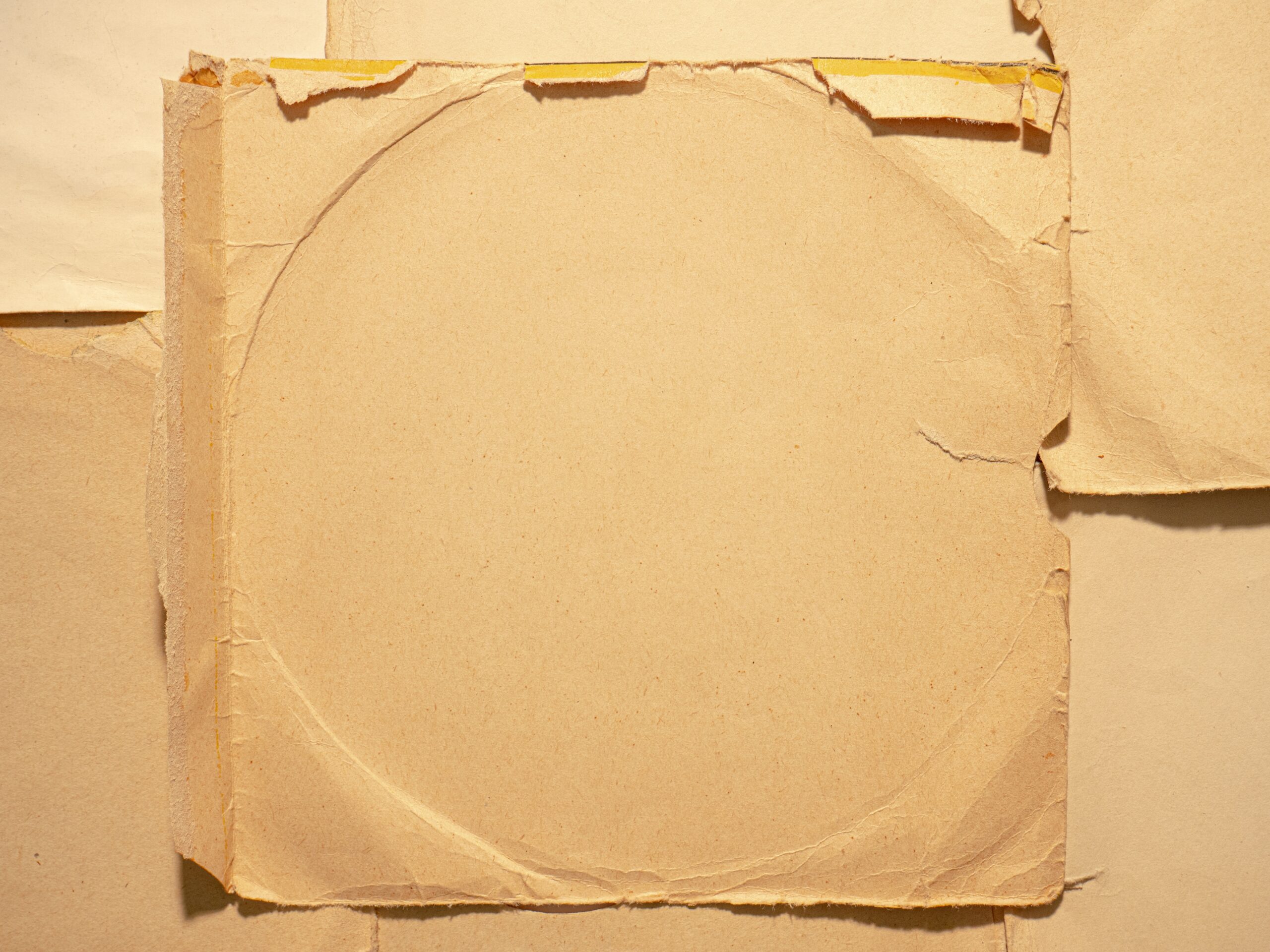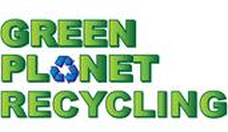
Parchment paper is a versatile and popular kitchen tool used in cooking and baking. It is a type of paper that has been treated with a thin layer of silicone, which gives it a non-stick surface. This makes it ideal for lining baking sheets, pans, and trays, preventing food from sticking and ensuring easy cleanup. Parchment paper is also heat-resistant, allowing it to withstand high oven temperatures without catching fire or melting. This makes it suitable for various cooking methods, including baking, roasting, and even steaming.
In addition to its non-stick properties, parchment paper is also used as a barrier to prevent direct contact between food and cooking surfaces. This is particularly useful when baking delicate items like cookies or pastries. By placing a sheet of parchment paper between the dough and the baking sheet, it helps to evenly distribute heat and prevent burning or uneven browning. Parchment paper can also be used to create packets for cooking meats or vegetables, trapping in the juices and flavors while allowing for easy cleanup. With its ability to enhance the baking process and simplify cooking techniques, parchment paper has become a staple in many kitchens.
Composition and Decomposition: Exploring the materials used in parchment paper and how they biodegrade over time.
Parchment paper is a widely used kitchen tool that serves multiple purposes in cooking and baking. It is made from a mixture of cellulose fibers derived from wood pulp and a thin coating of silicone. This combination gives parchment paper its non-stick properties, making it an excellent alternative to greasing pans or using aluminum foil.
When it comes to decomposition, parchment paper is considered to be biodegradable. The cellulose fibers used in its production break down naturally over time, making it an environmentally friendly option. However, it is important to note that the silicone coating can slow down the decomposition process. While the paper itself may decompose within a reasonable timeframe, the silicone coating may take much longer to break down completely. Consequently, the decomposition rate of parchment paper can vary depending on various environmental factors such as temperature, moisture, and microbial activity.
Organic Waste Management: An introduction to the importance of proper waste management, particularly in organic waste, and its impact on the environment.
Proper waste management is crucial in maintaining a healthy environment and minimizing the negative impacts of waste on our planet. Especially when it comes to organic waste, it becomes even more important to handle it correctly. Organic waste includes biodegradable materials such as food scraps, paper products, and yard waste. When these materials end up in landfills, they produce harmful greenhouse gases like methane, contributing to climate change.
One of the key reasons why organic waste management is necessary is because it helps reduce the amount of waste that goes into landfills. By diverting organic waste from landfills, we can prevent the release of harmful gases and reduce the strain on limited landfill space. Additionally, proper management of organic waste also presents an opportunity for resource recovery. Instead of throwing away waste, it can be transformed into valuable compost or energy through processes such as composting and anaerobic digestion. These practices help create a circular economy by turning waste into a useful resource while reducing the need for synthetic fertilizers and fossil fuels.
Can Parchment Paper be Composted?
Parchment paper is a widely used kitchen staple due to its non-stick properties and ability to withstand high temperatures. However, when it comes to composting, the question arises as to whether it is suitable for organic waste. Parchment paper is typically made from cellulose fibers, derived from wood, which are biodegradable. This composition suggests that parchment paper should be able to break down in a composting environment.
The key factor in determining whether parchment paper can be effectively composted lies in its treatment during manufacturing. Some parchment papers may have undergone processes that make them less suitable for composting, such as being coated with non-biodegradable substances or treated with chemicals. Understanding the specific composition and treatment of the parchment paper is crucial in assessing its potential for composting and ensuring that it meets the requirements for organic waste. Further exploration is necessary to determine the true compostability of parchment paper and to provide clear guidelines for its disposal in organic waste management systems.
Composting Process
Composting is a natural process that breaks down organic materials into nutrient-rich soil. It involves the decomposition of various organic substances, such as food scraps, yard waste, and even some types of paper. When it comes to composting parchment paper, there are a few factors to consider.
Firstly, the composition of parchment paper plays a crucial role in its compostability. Parchment paper is typically made from unbleached paper or a combination of wood pulp and vegetable-based oils. These materials are often biodegradable and can break down over time. However, the presence of any additional coating or treatments on the paper, such as silicone, can hinder its compostability. It is important to ensure that the parchment paper being composted is free from such additives to achieve effective decomposition.
Alternative Disposal Methods
While composting is often the preferred method for organic waste disposal, parchment paper may not always be suitable for this process. If parchment paper cannot be composted, there are alternative disposal methods to consider, such as recycling or landfill. Recycling is a great option for parchment paper made from bleached or unbleached paper fibers, as it can be broken down and transformed into new paper products. Look for recycling centers or programs in your area that accept paper products, including parchment paper, and separate it from other waste before recycling.
If recycling is not available in your area or if the parchment paper is contaminated with food waste or other substances that cannot be easily removed, the next option is landfill disposal. When disposing of parchment paper in the landfill, try to minimize its environmental impact by reducing its volume as much as possible. This can be achieved by tearing or cutting the parchment paper into smaller pieces before placing it in the trash. However, it is important to note that landfill disposal should always be considered as a last resort, as it contributes to the accumulation of waste and does not promote sustainability.
Potential Contaminants
When it comes to composting organic waste, concerns may arise about potential contaminants in parchment paper and their impact on the composting process. While parchment paper is generally considered safe for use in cooking and baking, it is essential to understand its composition and any potential risks associated with its decomposition.
One potential concern is the presence of chemical additives in parchment paper. Some parchment papers may be coated with silicone or other non-stick substances to enhance their performance. These additives, if present, could potentially interfere with the natural decomposition process in a compost pile. Additionally, certain types of parchment paper may contain bleaching agents or dyes that could introduce harmful substances into the compost.
It is crucial to note that not all parchment paper brands or products are made the same way. Some manufacturers produce parchment paper without any chemical coatings or additives, making them more suitable for composting. However, it is always recommended to check the packaging or contact the manufacturer to verify whether the parchment paper is free from any potentially harmful substances before including it in the compost pile. By being aware of the composition and potential contaminants, it becomes easier to make informed decisions regarding parchment paper’s suitability for organic waste composting.
Best Practices for Parchment Paper Disposal
To dispose of parchment paper in an environmentally friendly manner, it is important to follow a few best practices. First and foremost, check if the parchment paper is greasy or has any food residues on it. If it does, it is recommended to scrape off as much of the residues as possible before disposing of it. This helps prevent any potential contamination in the composting or recycling process.
Once the parchment paper is free from food residues, it can be composted in some cases. However, it is crucial to check with your local composting facility to ensure that they accept parchment paper. Some facilities may have specific guidelines or restrictions. If composting is not an option, parchment paper can be recycled alongside other paper products. Remember to remove any plastic or metal components, such as paper clips or staples, before recycling. Lastly, if neither composting nor recycling is available, parchment paper can be disposed of in the regular trash destined for landfill. However, this should always be considered as a last resort, as it contributes to the accumulation of waste in landfills.
Sustainable Alternatives
There are several sustainable alternatives available for those looking to reduce waste generation in their cooking and baking practices. One such option is silicone baking mats, which can be reused countless times and eliminate the need for parchment paper. These mats are made from food-grade silicone, a durable material that can withstand high temperatures without releasing harmful chemicals. They provide a non-stick surface for baking, making them a convenient and eco-friendly alternative to parchment paper.
Another sustainable alternative to consider is reusable baking sheets or liners made from natural materials such as organic cotton or linen. These liners can be easily washed and reused, reducing the amount of disposable waste produced during cooking and baking. They are also biodegradable and compostable, making them a more environmentally friendly choice. By opting for these sustainable alternatives, individuals can play their part in reducing waste and minimizing their impact on the environment.
In conclusion, understanding how to properly dispose of parchment paper is crucial for maintaining a sustainable environment. While parchment paper is a versatile and widely used material in cooking and baking, it requires thoughtful consideration when it comes to its disposal. Although composting parchment paper may not be the most suitable option due to the potential presence of contaminants, there are alternative methods such as recycling or landfill that can be adopted to minimize waste generation.
Moreover, it is important for individuals and communities to prioritize organic waste management by implementing effective waste segregation and disposal practices. By separating organic waste from other types of waste and ensuring it is properly managed, we can contribute to reducing the environmental impact of waste. Sustainable alternatives to parchment paper, such as reusable silicone baking mats or greasing pans with oil, should also be considered as a means to minimize waste generation and promote a more eco-friendly approach in the kitchen. By adopting these practices, we can take small yet significant steps towards a more sustainable future.

